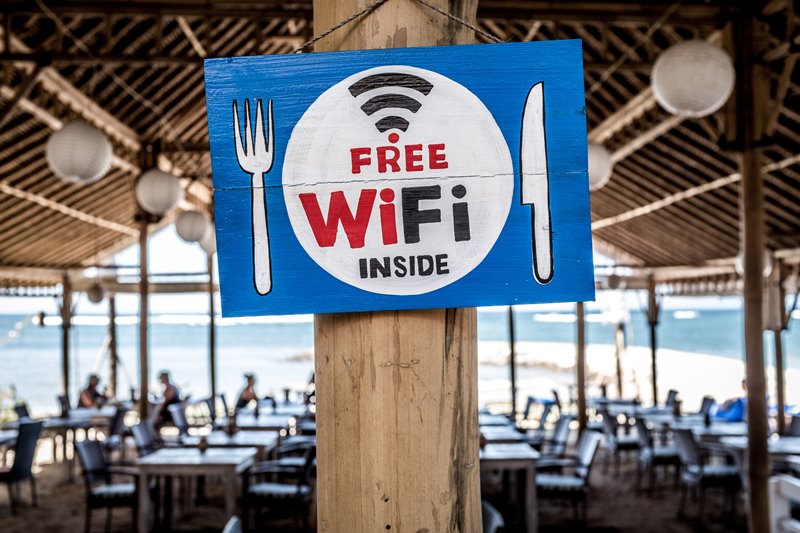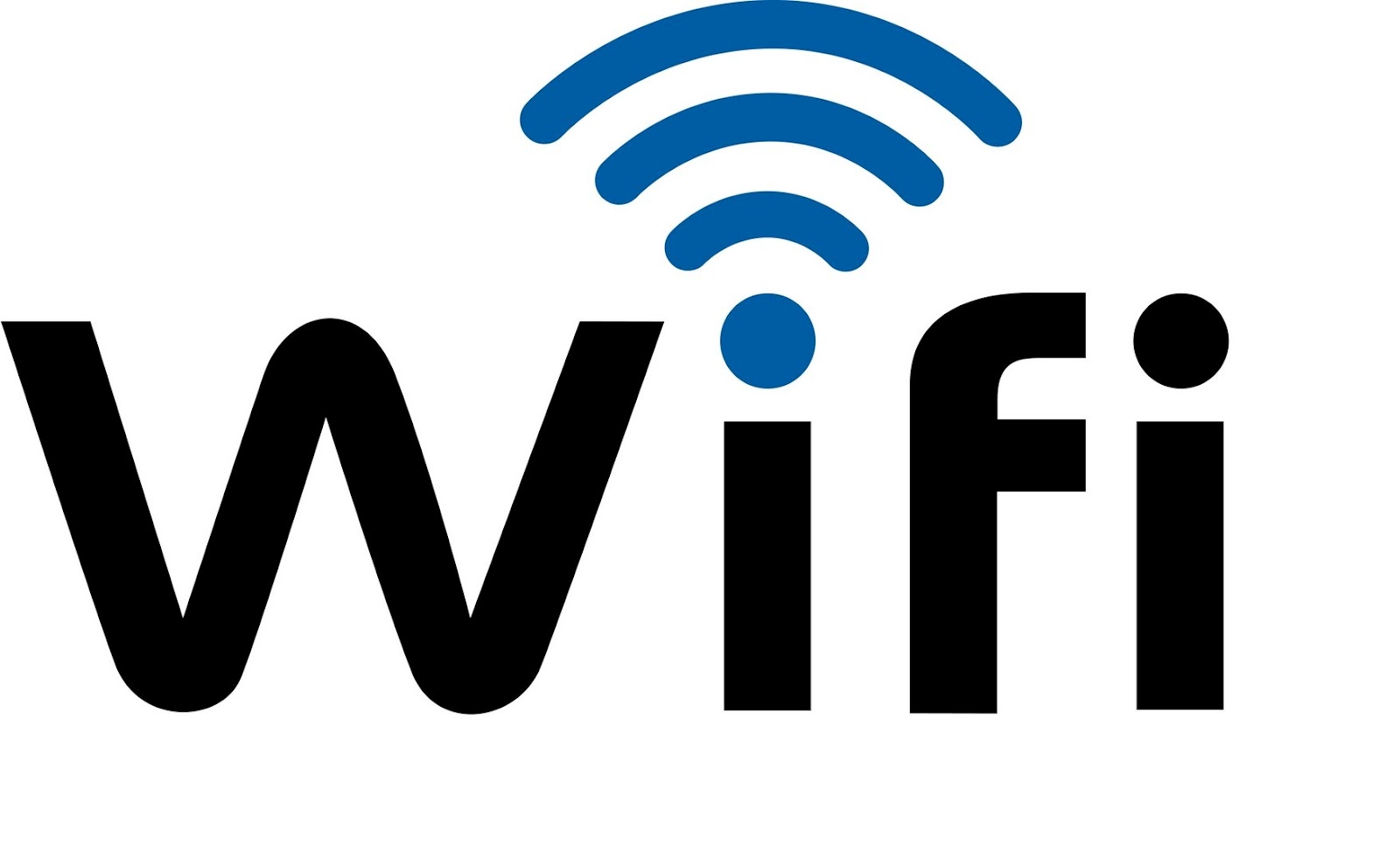
Not even 20 years ago, it was a new and seldom-used term. Now, however, there’s probably not a week – or maybe not even a day – that goes by without most of us using the word “Wi-Fi.”
If you think you know what Wi-Fi actually stands for, though, it’s very likely that you’re wrong.
We stumbled across a story recently that shed light on the term’s origin story, and if you really want to seem like Captain Smartypants at your next geek roundtable event, you’ll want to know this information.
While many people have never given much thought, apparently, to what the term means or stands for, many others have. Like them, I was always under the impression that it was an abbreviated form of “wireless fidelity.” Also like them, however, I was wrong.
As it turns out, the term Wi-Fi doesn’t actually stand for anything. At all.
We use the term and see the little symbol a lot, but in fact, Wi-Fi is somehow legally a registered trademark of the Wi-Fi Alliance, which was formerly called the Wireless Ethernet Compatibility Alliance. Obviously, that was a pretty big mouthful, but not nearly as cumbersome as what it referred to, a wireless protocol known as IEEE 802.11.
Wi-Fi Alliance founding member Phil Belanger recently shared with HuffPost the story of the now-familiar term’s birth. Simply put, the Wireless Ethernet Compatibility Alliance was looking for a more user-friendly name for the technology.

“We needed something that was a little catchier than ‘IEEE 802.11b Direct Sequence,’” Belanger explained. So the company engaged with Interbrand to help them come up with some ideas, and the brand consultants proposed several names, Wi-Fi among them. Apparently it sounded like “hi-fi,” a term coined in the mid-20th century which actually did mean “high fidelity,” a non-qualitative term used to simply refer to high-quality sound reproduction.
Belanger continued, “The only reason you hear anything about ‘Wireless Fidelity’ is some of my colleagues in the group didn’t understand branding or marketing. They could not imagine using the name ‘Wi-Fi’ without having some sort of literal explanation. So we compromised and agreed to include the tagline, ‘The Standard for Wireless Fidelity’ along with the name.”
In retrospect, he opined, “This was a mistake and only served to confuse people and dilute the brand.” The tagline was subsequently dropped about a year after its initial roll-out, but the notion behind it stuck.
Belanger went on to note that even the made-up term “wireless fidelity” doesn’t actually mean anything, explaining that it was simply a clumsy attempt to find two words that would somehow go with Wi-Fi. “We were smart to hire Interbrand to come up with the name and logo. We were dumb to confuse and water down their efforts by adding the meaningless tagline. Please help us to reinforce the good work… forget the tagline.”

So now you know the truth. Though the term Wi-Fi was coined as a play on the well-known “hi-fi” term from a generation ago, the name, in fact, stands for absolutely nothing. It’s also worth pointing out that, as a registered trademark, the correct way to note the now-everyday term in writing is Wi-Fi (not wi-fi, wifi, or WiFi, as in the hand-painted sign pictured).
And now, you may go forth and wear your very best Captain Smartypants cape with well-earned pride!
"ExpatGo welcomes and encourages comments, input, and divergent opinions. However, we kindly request that you use suitable language in your comments, and refrain from any sort of personal attack, hate speech, or disparaging rhetoric. Comments not in line with this are subject to removal from the site. "





















